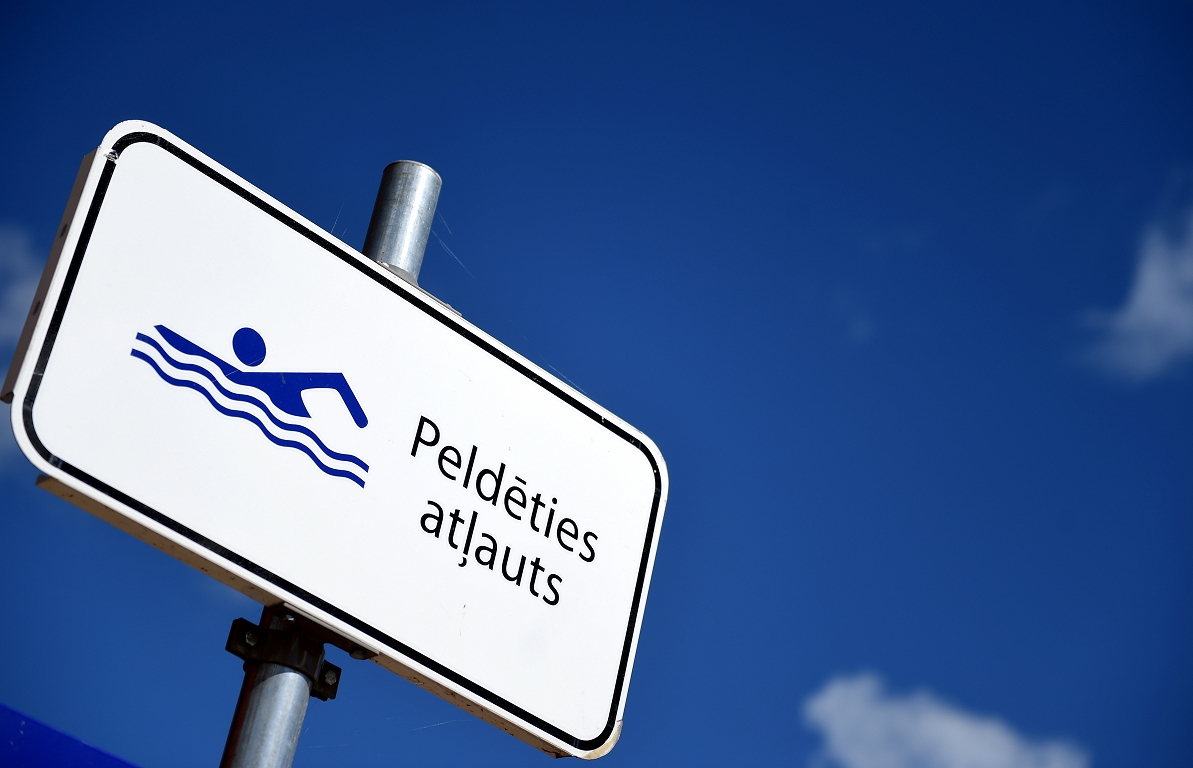Due to a small adjustment in the flight routes, a city can arise near Schiphol as tilburg, experts say
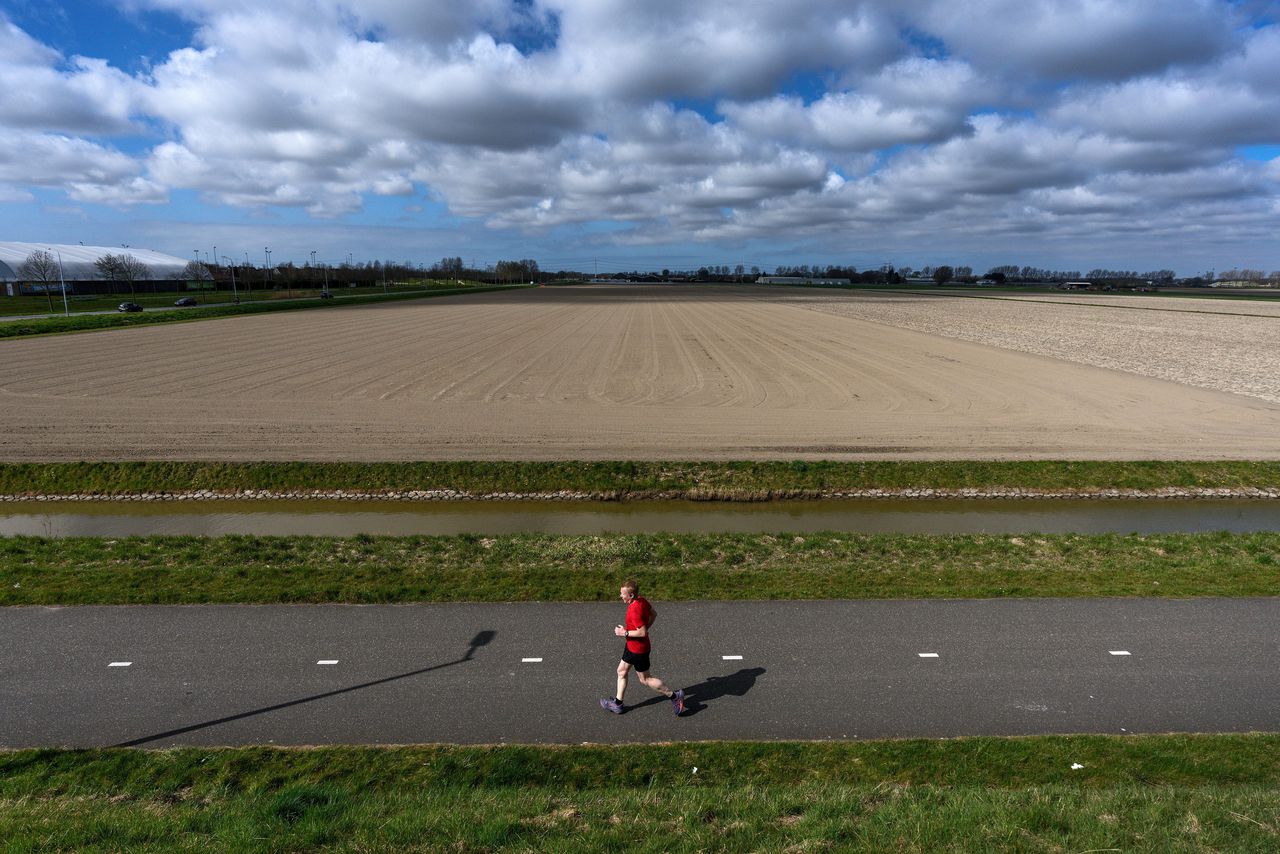
You cannot call the Schiphol area attractive. If somewhere has struck the clutter of the landscape, it is immediately south and east of the airport. There are neglected homes, greenhouses are crushing and meadows seem to wait until they are ever transformed into a park. A ride through the area illustrates what the book published last year Living under the airspace Van Tijs van den Boomen and Theo Baart argued: that Schiphol, however you think about the economic importance of the airport, had a disastrous influence on the spatial development of the Amsterdam region.
Anyone who has been around here for a few hours, notices « how carelessly the wide environment of Schiphol has been treated for decades, as if there could be no honor to be gained, » the book said. The environment sighs under the rules that prohibit housing, the authors write. « A landscape of giant boxes has been created under the Kaagbaan in recent decades, where the distribution halls, data centers and greenhouses are prevailing. If the port is the machine room of the Amsterdam metropolitan region, then the space under the Kaagbaan is a combined pantry and server room. »
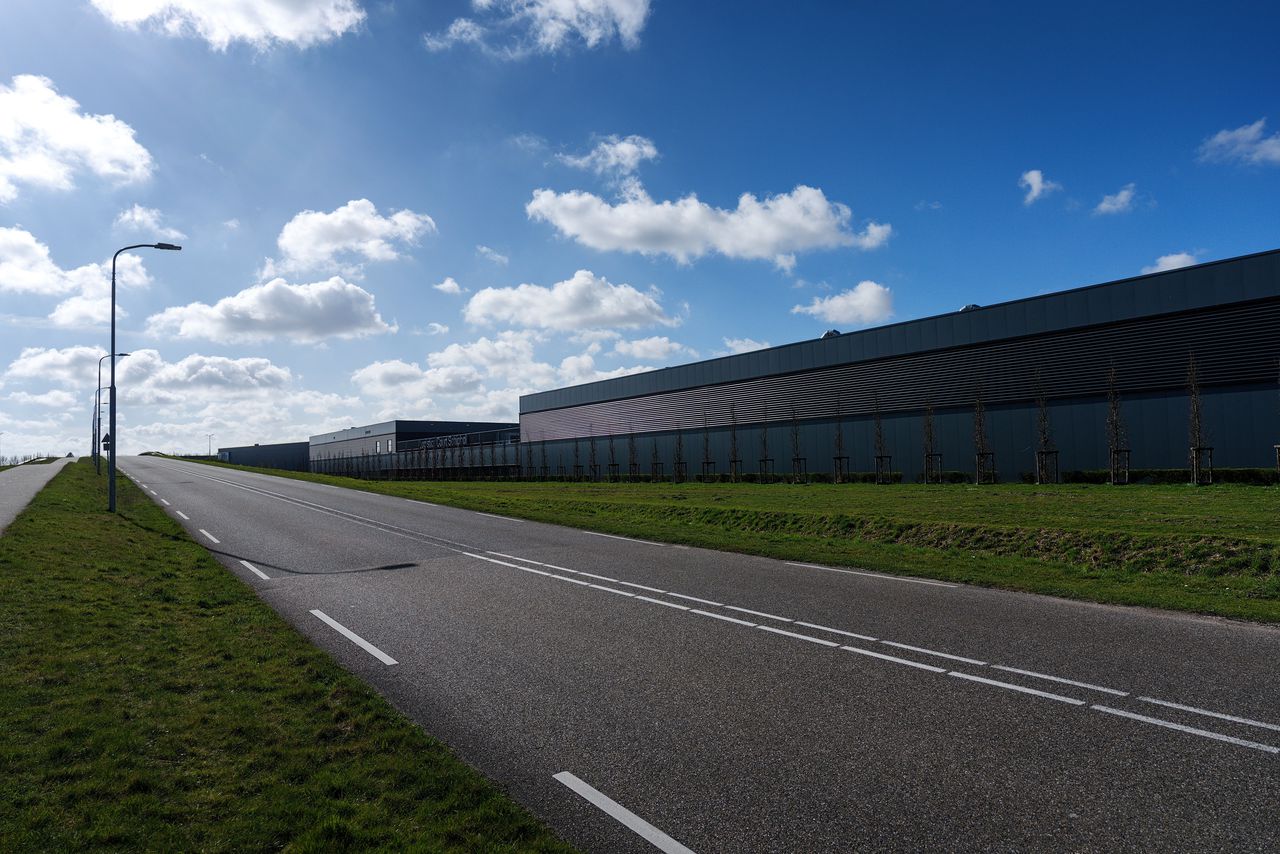
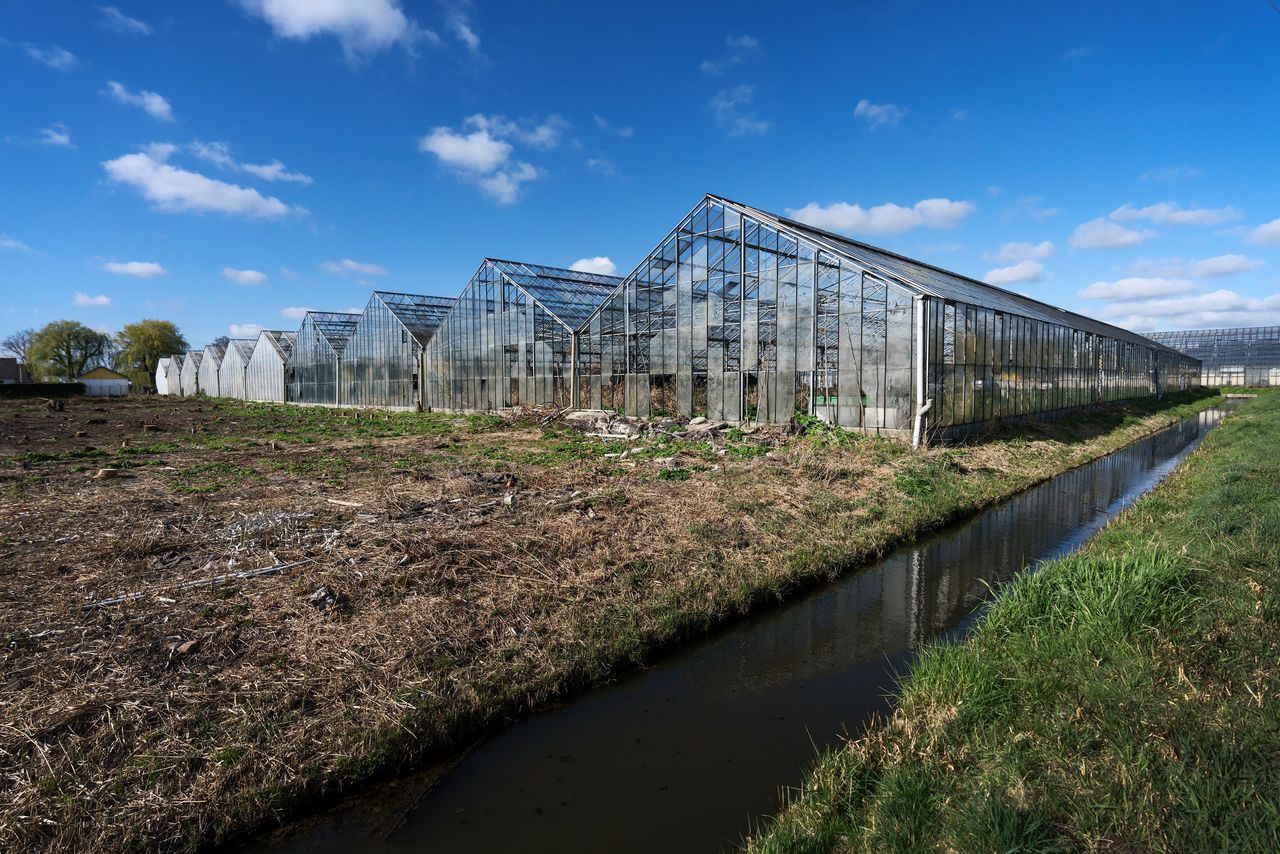
Data centers and neglected greenhouses around Schiphol.
Photos Olivier Middendorp
Surprisingly simple plan
The book was one of the reasons for the College of Chief Government Architect and Government Advisors, which advises the central government on spatial quality, to do research into the possibilities of both reducing noise pollution and more space to ‘free’ for building houses, yes cities even. Without having to lead to Schiphol’s contraction immediately.
The outcome is « surprisingly simple, » the National Advisor for the physical environment Wouter Veldhuis says on Monday in an open letter to the cabinet: « Due to the fierceness of the social debate, the technical complexity of the aviation file and the great international pressure, an obvious solution is overlooked: reducing the number of excelation routes. »
Adjusting two routes of departing aircraft, across Amsterdam Nieuw-West and about the area between Hoofddorp and Nieuw-Vennep, yields a « huge noise reduction for tens of thousands of residents, » the letter said. The loss of rules for noise nuisance creates « space for at least sixty thousand homes on two highly sought after and easily accessible locations ». The college wants to help the Ministers Mona Keijzer (public housing and spatial planning, BBB) and Barry Madlener (Infrastructure, PVV) with the « further elaboration into concrete measures ».
Environment looks like origami
There are « huge opportunities, » says Wouter Veldhuis in an explanation. The National Advisors note that the urban development of Amsterdam has been folded around Schiphol over the past fifty years, « as an origami artwork. » Nevertheless, the noise contours, that is to say, the limits within which restrictions for building houses apply, can be shifted without fiddling with what is « crucial for a well -functioning airport ». Veldhuis: « There are flight routes with noise contours that are crucial for the airport. You can, for example, say that a fantastically located between Haarlem and Amsterdam can be built at Halfweg, fantastically located between Haarlem and Amsterdam. But if you put the flight routes over that area for discussion, the function of Schiphol will collapse. »
Otherwise that is for two other exit routes, one between Hoofddorp and Nieuw-Vennep and a new-west above Amsterdam. « The urgency of spatial planning in these areas is greater than the importance of flying around. » In the proposal, departing aircraft fly twenty kilometers further in the southern direction to make a western bend there, so that Hoofddorp and Nieuw-Vennep are spared. And in a northerly direction they make the eastern bend twenty kilometers away, above the Amsterdam port area instead of above the busy New West. « That distance is negligible for intercontinental flights. »
A city, as big as Tilburg
The importance of an attractive environment on the ground is great, says Veldhuis. « The Amsterdam region is the fastest growing region in the Netherlands. There are already many facilities. There are turns of highways. There is public transport. There are work. There are schools and supermarkets and general practices. You can safely build homes in Almere, but many people want to live closer to the facilities and employment in the Amsterdam region. Those opportunities are now insufficient. » The plan can lead to Hoofddorp and Nieuw-Vennep growing towards each other by building the area in between with an estimated 45,000 homes, « in a wide variety of living environments », so that the two cores grow into the size of a city like Tilburg.
Also for the neighborhoods of Amsterdam Nieuw-West, with a total of 160,000 inhabitants, an impulse is desperately needed. Veldhuis: « Within the region, this district scores on all indicators. The neighborhoods are struggling with social problems. The average level of education is low. » Urban renewal has been done for years. « But there is a brake on it, especially in neighborhoods such as Osdorp and Geuzenveld, which fall within the sound contour of Schiphol. No homes can now be built. While that is desperately needed to keep those neighborhoods vital. Bitter necessity. » The government advisers aim for approximately fifteen thousand extra homes there.
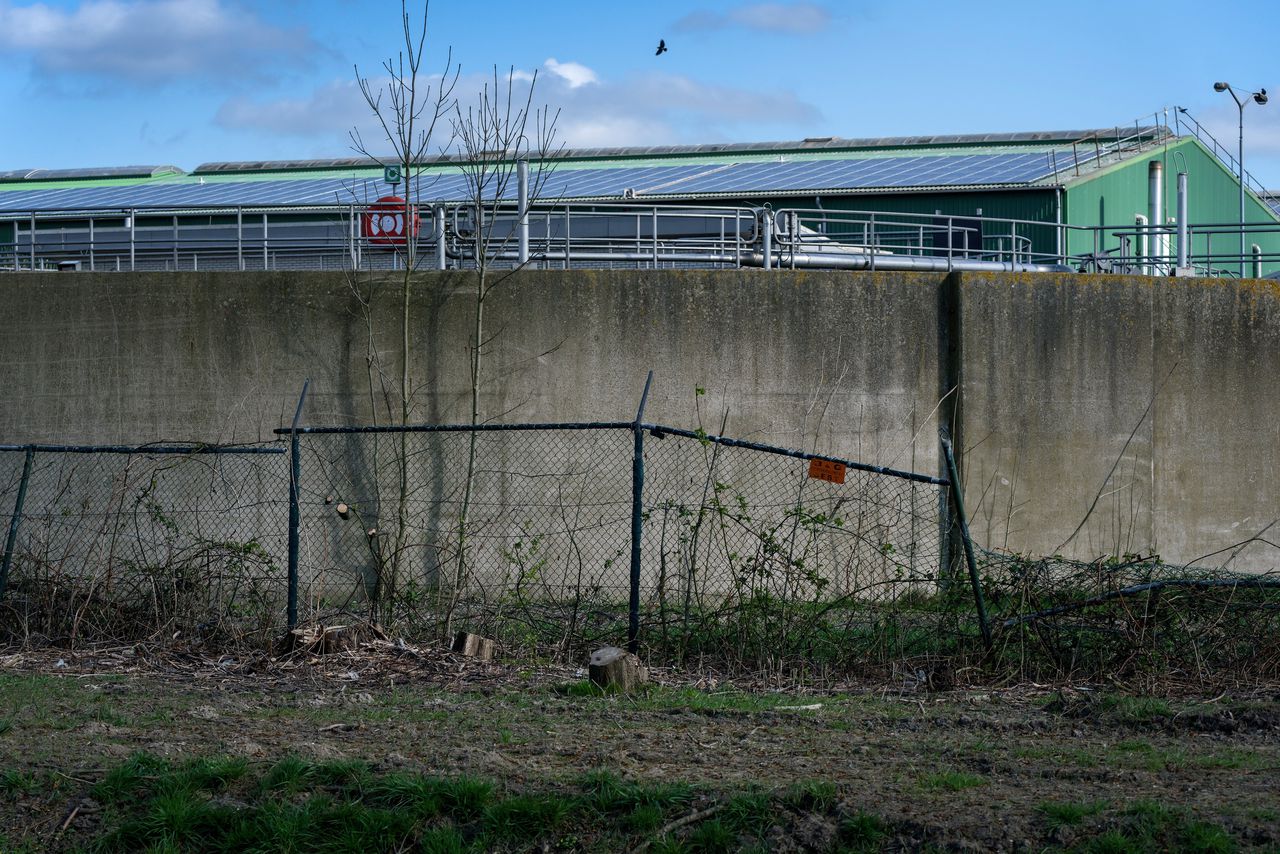
New time, old contours
The question is whether this proposal could not have been made up much earlier. Is the extension of two flight routes perhaps less simple than the government advisers suggest? Veldhuis: « We live in a different time than when the turns in these flight routes were designed. At that time, the Haarlemmermeer was almost empty. And that actually also applies to New West. Moreover, those contours from a time date with a much lower intensity in the airspace. We live in a new time with old contours, and it is very legitimate to once again. » Something is added: we started to think differently about flying noise. Veldhuis: « The two arches that we want to remove are part of the idea that you should spread sound. » And that is unwise.
« We have not consulted Schiphol. But we have involved several air -fern experts in this study. And several people say that we have to get rid of the spreading. We have always thought in the Netherlands that for the social support of aviation we had to spread the nuisance over several places. But if it concerns social support, it is better to concentrate on a few plakes. » Logically actually, Veldhuis explains: “You can make it better where the noise nuisance really hurts, then promise that the nuisance will be reduced by spreading it. If from now on fifty departure instead of seventy aircraft, then it will be huge in the calculation models. But if you are in your garden in barbecuing, you still have a set in the inner vote, then on the other hand, then on the back of the inner veladel, you will have a set on the other of it from the inner vote, then on the other hand of the inner vleel. the complaints line is red -hot. «
Build a beautiful primary school
It is then important, says Veldhuis, to seriously compensate for the seriously hindered areas. Veldhuis: « You cannot compensate for the sound yourself. You can ensure that your place of residence becomes a better place in many other areas. With more greenery. A better accessibility. Make agreements that the train stops more often. Build a primary school that is the most beautiful of the entire region. » A beautiful environment leads to less nuisance, according to Veldhuis research. « It is faint to say that you should never whine. But it is simply the case that non-acoustic factors also contribute to noise nuisance. If you are unhappy, setbacks come in much harder. »
Has the government adviser also investigated whether his proposal may have to endure other areas more noise? Sassenheim’s southern ones, for example? « Cores such as Sassenheim and Lisse get more nuisance. But departing aircraft are already there at such a high altitude that they cause less nuisance than at Hoofddorp. How much that saves is food for further investigation. »

:format(webp)/s3/static.nrc.nl/wp-content/uploads/2025/06/05163439/data133217982-f902a2.jpg)
/s3/static.nrc.nl/wp-content/uploads/2025/06/06205808/web-0606BINspermadonatie.jpg)
/s3/static.nrc.nl/images/gn4/data133317775-d0126f.jpg)

